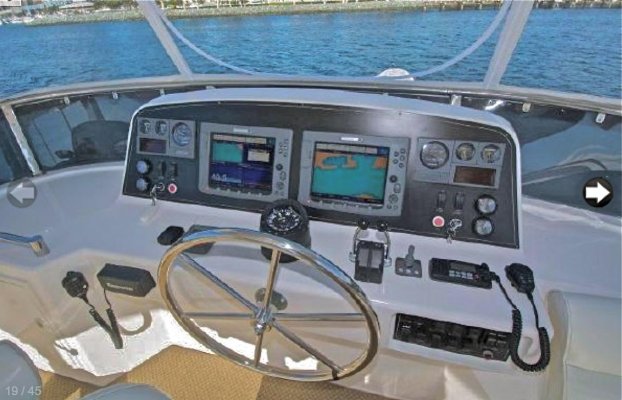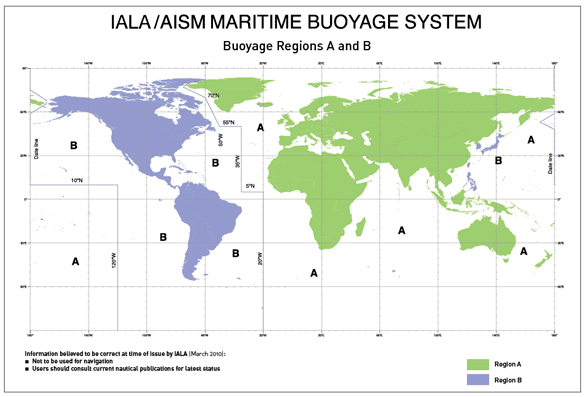O C Diver
Guru
- Joined
- Dec 16, 2010
- Messages
- 12,865
- Location
- USA
- Vessel Name
- Slow Hand
- Vessel Make
- Cherubini Independence 45
Wifey B: That or she's British. Now, that brings up a question I'd never thought of. I mean we drive on the right side of the road and right side of the channel. I'd assumed this was a worldwide convention but now asking do those who drive on the left side of the road drive to the right or left in the channel?
No, it's totally different. Everybody's stays on the starboard side not the left or right side when in a channel.
Ted





